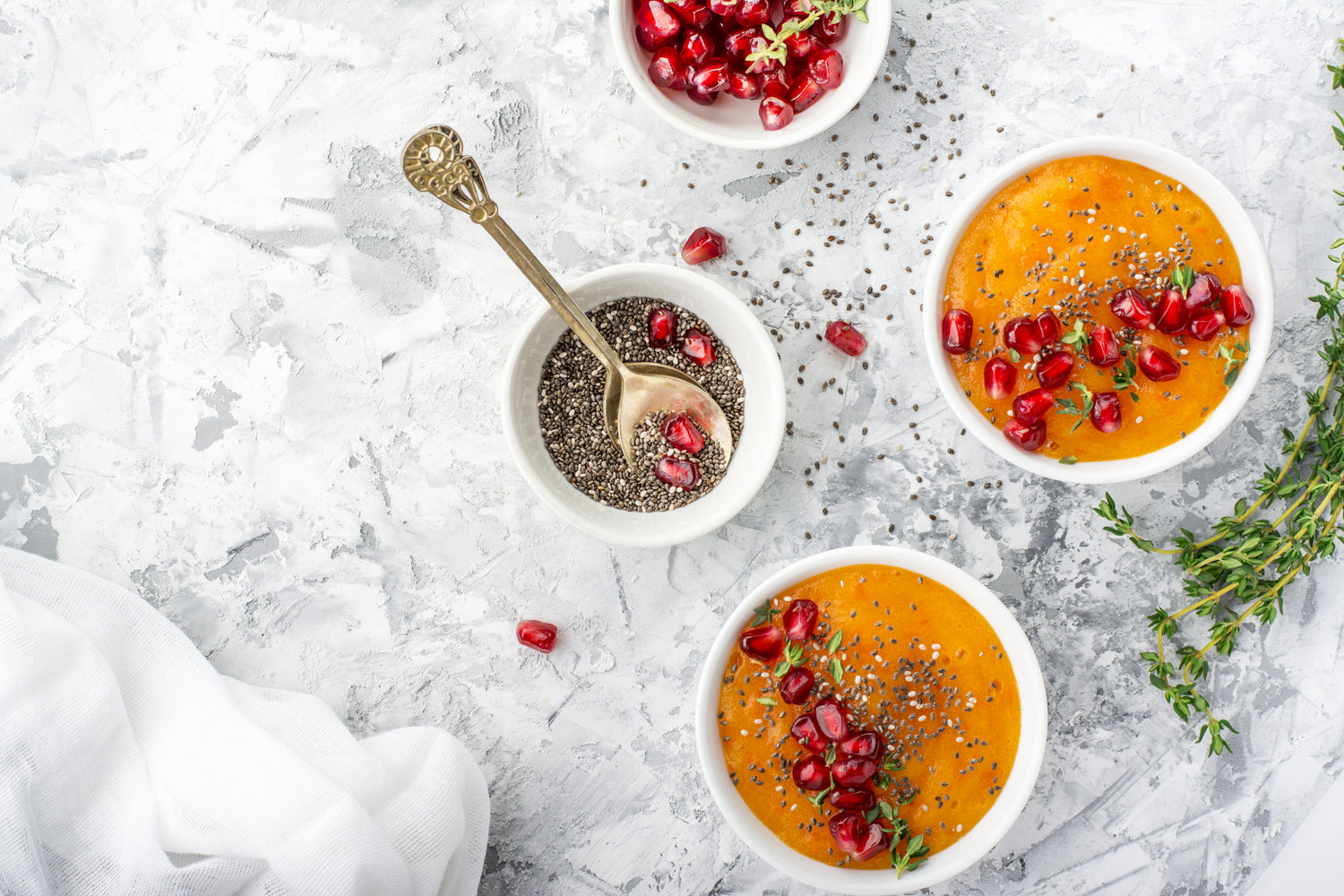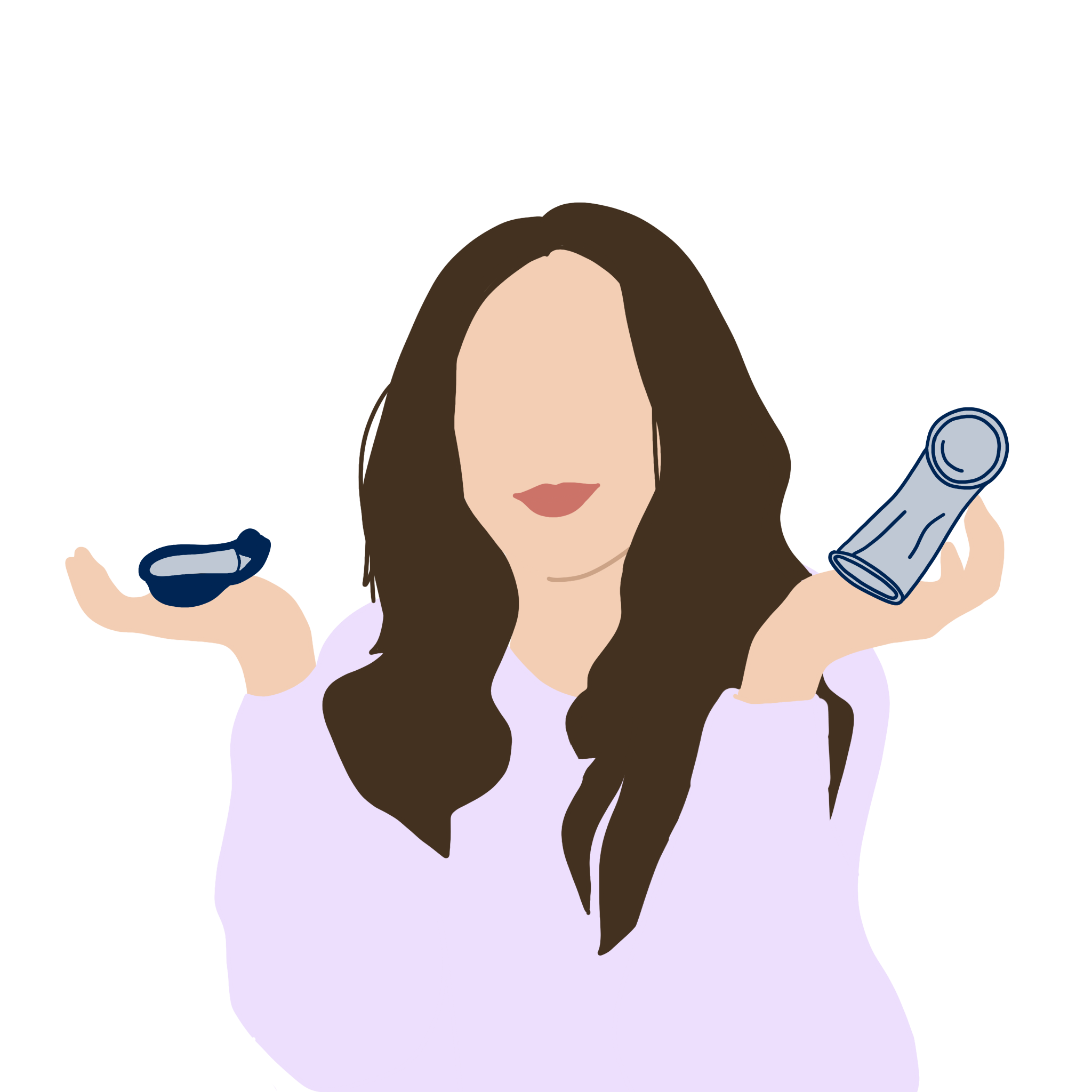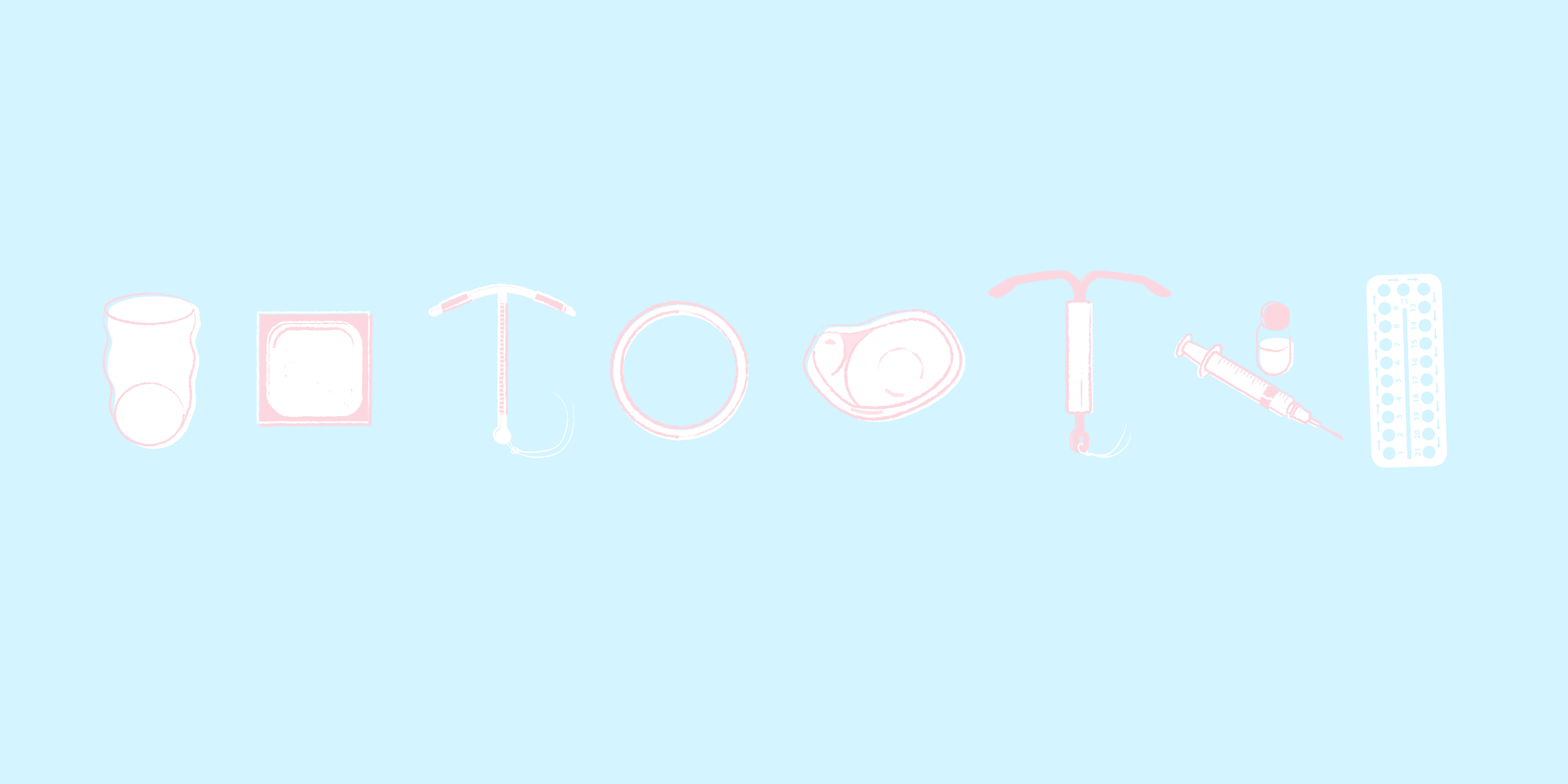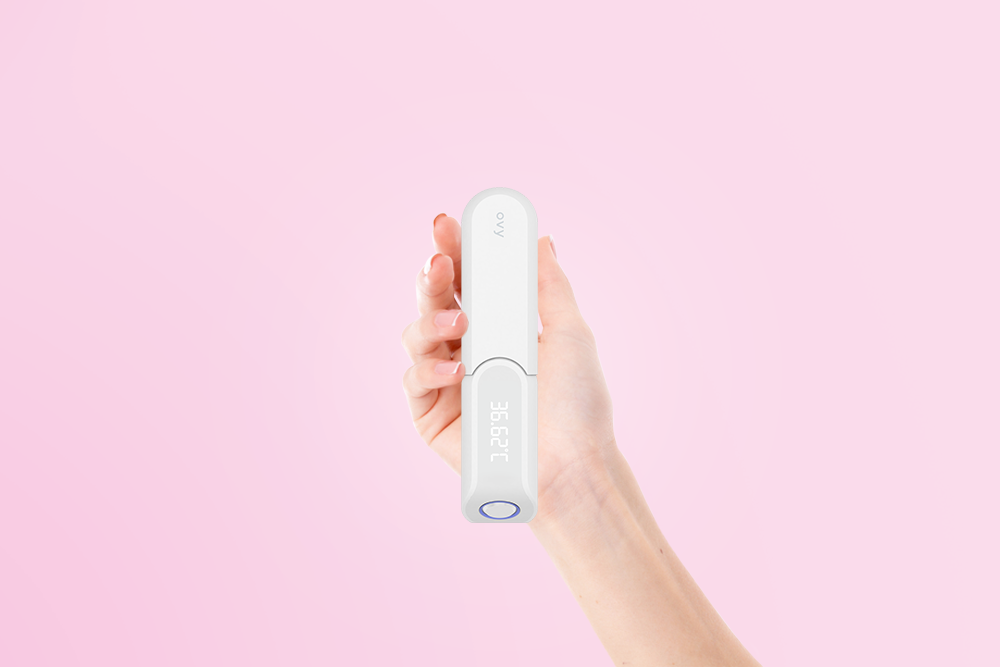Key Takeaways
- What we eat can have a significant impact on how we feel and whether our hormones are in balance.
- Depending on the phase of the cycle, you can support your body with important nutrients.
- This article will give you an overview.
Nutrition has a huge impact on the cycle and vice versa. This is because, depending on the phase of the cycle, the body has different needs. The right choice of food can have a positive influence on hormonal balance.
Menstruation phase
Abdominal pain, back pain, fatigue: every month, many women experience certain symptoms shortly before and during the first days of their period. The healthy balance of hormones becomes unbalanced. The reason for this is the shedding of the uterine lining and the hormone progesterone being at its lowest level.
DOS
Unsaturated fats: olive, linseed, walnut, and peanut oil, almonds, walnuts, avocado,...
References & Literature
- Mihm, M., Gangooly, S., & Muttukrishna, S. (2011). The normal menstrual cycle in women. Animal reproduction science, 124(3-4), 229-236.
- Steiner, M., Dunn, E., & Born, L. (2003). Hormones and mood: from menarche to menopause and beyond. Journal of affective disorders, 74(1), 67-83.
- Gaskins AJ, Mumford SL et al (2009) Effect of daily fiber intake on reproductive function: the biocycle study. Am J Clin Nutr 90:1061–1069
- Mumford SL et al (2016) Dietary fat intake and reproductive hormone concentrations and ovulation in regularly menstruating women. Am J Clin Nutr 103:868–877
You might also be interested in these articles








